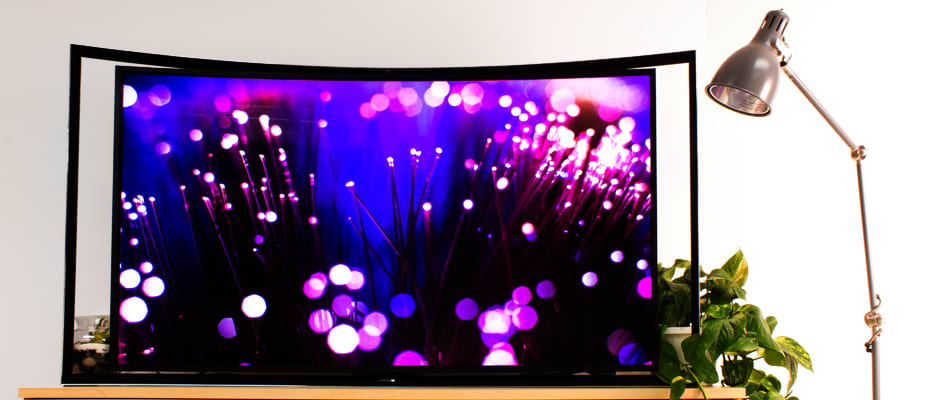 Credit:
Credit:
Recommendations are independently chosen by Reviewed's editors. Purchases made through the links below may earn us and our publishing partners a commission.
OLED has long been trumpeted as the display technology of the future. These bendable, cell-based, paper-thin sheets promise to not only revolutionize picture quality, but also force designers to rethink the very concept of a display.
The catch? The sheets used to make OLED screens are extremely expensive to produce. It’s why OLED TVs have only ever been made by Samsung and LG—companies with huge war chests and a competitive axe to grind. Just this week, LG unveiled the cheapest OLED model yet (the LG 55EC9300), and it’s still a whopping $3,500.
But there’s hope on the horizon: A California startup called Kateeva believes it's come up with a way to dramatically reduce the cost of producing flexible OLED displays.
The problem lies in the precise placement of individual diodes (the charged cells that collectively produce an image). These little pixels mist be completely shielded from water vapor and oxygen, which is no simple task and leads to unsustainably low yields.
Kateeva’s production method uses an inkjet-like printing technology to apply a protective coating to OLED sheets. This process cuts the manufacturing cost in half, and the company hopes to begin shipping its equipment to manufacturers this fall.
Even if it works as advertised, Kateeva’s process won't completely overcome the challenges of OLED manufacturing, though it will certainly help.
For example, touch functionality—which is essential to any viable display technology in today's mobile-focused market—is currently a no-go for bendable screens. That's because touch displays use a conductive material called indium tin oxide (ITO) that easily cracks in flexible screens.
To that end, a Finnish company called Canatu claims to have developed a thin film made of carbon “nanobuds.” These microscopic structures are more conductive than traditional nanotubes and can be stretched and curved around a surface as thin as a millimeter.
These are just a few baby steps toward the awesome tech of the future. Along with self-driving cars, super powerful batteries, and autonomous drones, you can safely assume OLED tech will revolutionize your life over the next decade.
Via: MIT Technology Review OLED image: Wikimedia Commons, "meharris" (CC BY-SA 3.0)

